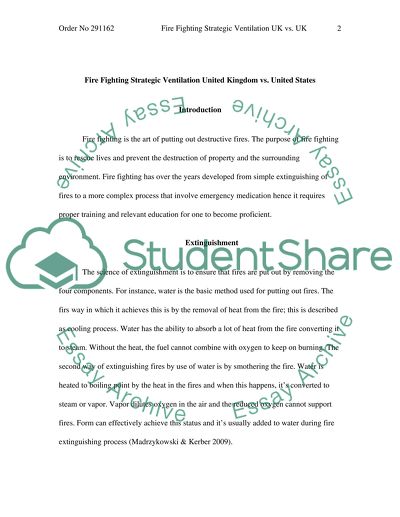Cite this document
(“Fire Fighting Strategic Ventilation of the United Kingdom vs the Research Paper”, n.d.)
Fire Fighting Strategic Ventilation of the United Kingdom vs the Research Paper. Retrieved from https://studentshare.org/technology/1526244-fire-fighting-essay
Fire Fighting Strategic Ventilation of the United Kingdom vs the Research Paper. Retrieved from https://studentshare.org/technology/1526244-fire-fighting-essay
(Fire Fighting Strategic Ventilation of the United Kingdom Vs the Research Paper)
Fire Fighting Strategic Ventilation of the United Kingdom Vs the Research Paper. https://studentshare.org/technology/1526244-fire-fighting-essay.
Fire Fighting Strategic Ventilation of the United Kingdom Vs the Research Paper. https://studentshare.org/technology/1526244-fire-fighting-essay.
“Fire Fighting Strategic Ventilation of the United Kingdom Vs the Research Paper”, n.d. https://studentshare.org/technology/1526244-fire-fighting-essay.


